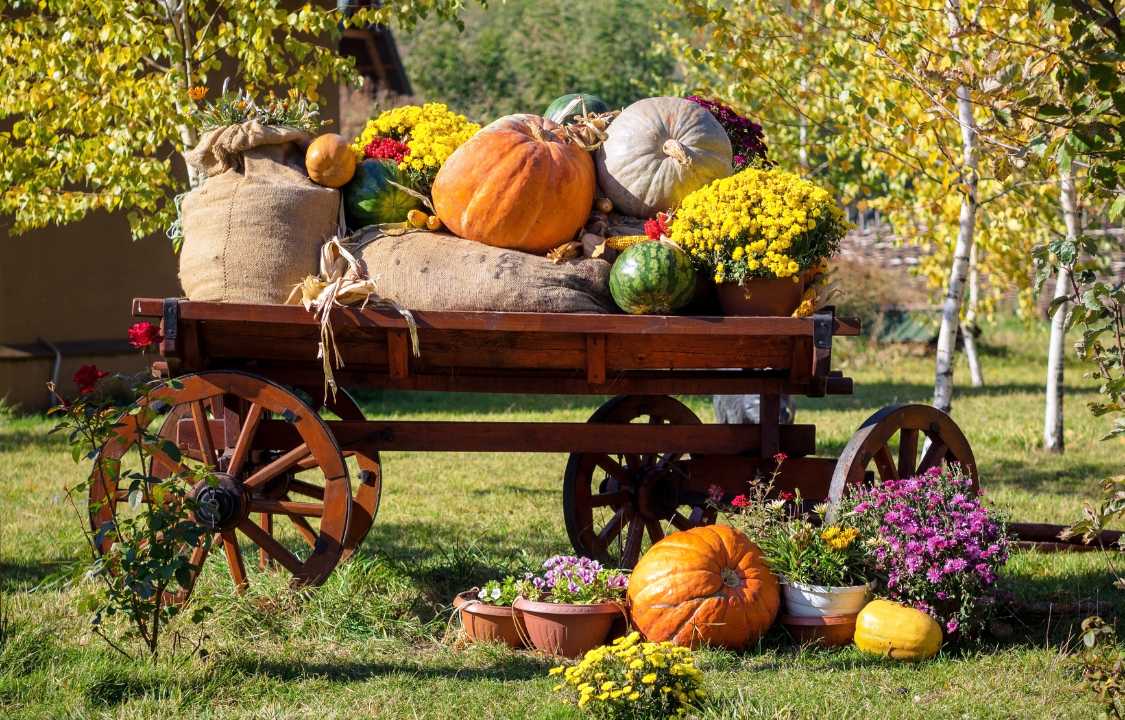Health Benefits
Nature’s Harvest: Embarking on the Wholesome Adventure of Foraging and Wild Edibles
Embark on a nostalgic yet exhilarating adventure back to our ancestral roots with the practice of foraging, a sustainable and rewarding way to complement your daily meals. The world of wild edibles awaits, promising not just a palette of unique flavors, but also a cornucopia of nutritional riches often surpassing those found in cultivated produce. Here’s your beginner’s pathway to the art of foraging and discovering nature’s uncultivated bounty.
Foraging 101: Your Gateway to Nature’s Edible Treasures
1. Knowledge is Your Compass: Equip yourself with knowledge about the common edible flora in your locality before stepping into the wild. Engage with books, partake in local foraging workshops, or seek mentorship from seasoned foragers.
2. Mastering Identification: Precision in identifying wild edibles is your safeguard against potential hazards. Remember, some wild flora can be toxic.
3. Abiding by Local Governance: Align your foraging activities with the local laws and regulations to ensure ethical practices.
4. Foraging with Conscience: Harvest judiciously, leaving behind enough for the wildlife and fellow foragers. Safeguard habitats and tread lightly around endangered species.
Unveiling Common Wild Edibles: Your Nature’s Grocery List
1. Dandelion: A nutritional powerhouse, dandelions with their edible entirety, grace us with vitamins A, C, and K, alongside minerals like calcium, potassium, and iron.
2. Nettle: Nettle is a nutritional jewel offering vitamins A and C, iron, potassium, magnesium, and a dose of protein.
3. Wild Garlic: Beyond its tantalizing flavor, wild garlic steps in as a natural aide to lower blood pressure and cholesterol.
4. Berries: Nature’s candies, wild berries like blackberries and raspberries, are a potpourri of antioxidants, vitamins, an
5. Mushrooms: While wild mushrooms promise a delectable treat, exercise utmost caution as many bear toxic traits. Accurate identification is imperative.
Nutritional Cornucopia: The Wholesome Offerings of Wild Edibles
1. Nutrient-Dense Profiles: Revel in a broader and denser nutrient profile with wild edibles, thanks to the untouched, fertile soils they thrive in.
2, Phytonutrient Fortunes: The phytonutrient richness in many wild edibles is a boon in reducing the risks associated with chronic diseases.
3. Pristine and Pure: Relish the purity of wild edibles, untainted by synthetic pesticides and fertilizers, unless crossed-contaminated from nearby agriculture.
4. Fiber for Flourish: The dietary fiber in wild greens and roots is a gesture of friendship towards your digestion and gut health.
Safeguarding Your Foraging Journey: Cautionary Measures
1. Precision in Identification: A small mistake in identification can lead to undesirable repercussions. When in doubt, it’s prudent to step back.
2. Steering Clear of Contamination: Refrain from foraging close to bustling roads or industrial zones to avoid the bane of pollution.
3. Allergy Awareness: Test the waters by consuming a modest amount when trying a wild edible for the first time, gauging your body’s response.
4. Nature’s Stewardship: Embrace a responsible demeanor towards the ecosystem, ensuring your foraging actions don’t inflict harm or contribute to the demise of any species.
Stepping into the realms of foraging can be a captivating venture, revealing a spectrum of unique tastes and nutritional riches. Yet, it’s a voyage demanding caution, learning, and a profound reverence for nature’s provisions. Guided by wisdom and respect, foraging can evolve into a lifetime pursuit, enriching your dietary realms and nurturing a deeper bond with the earth.
Further Exploration:
Delving deeper into the world of foraging can also be a gateway to understanding and appreciating the indigenous knowledge that has been intertwined with nature for centuries. The age-old practice of foraging is more than just a sustenance quest; it’s a dialogue between humans and nature, nurturing a symbiotic bond. This wholesome engagement not only feeds the body but also nourishes the soul, grounding us in the essential kinship we share with Mother Earth. With every wild edible we carefully harvest, we are paying homage to the ancient wisdom that once deeply connected us to the natural world, inviting us to rekindle this precious bond.

